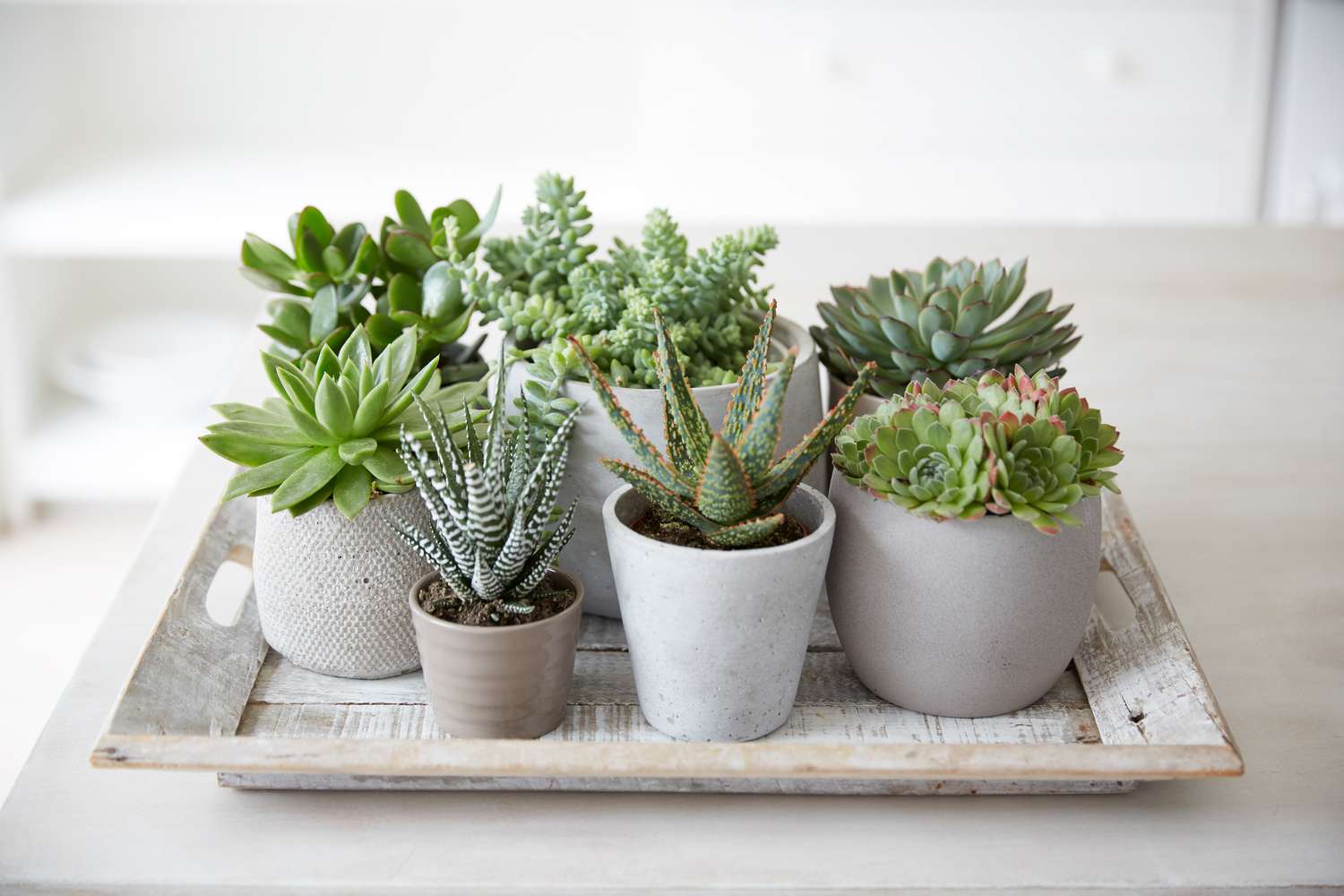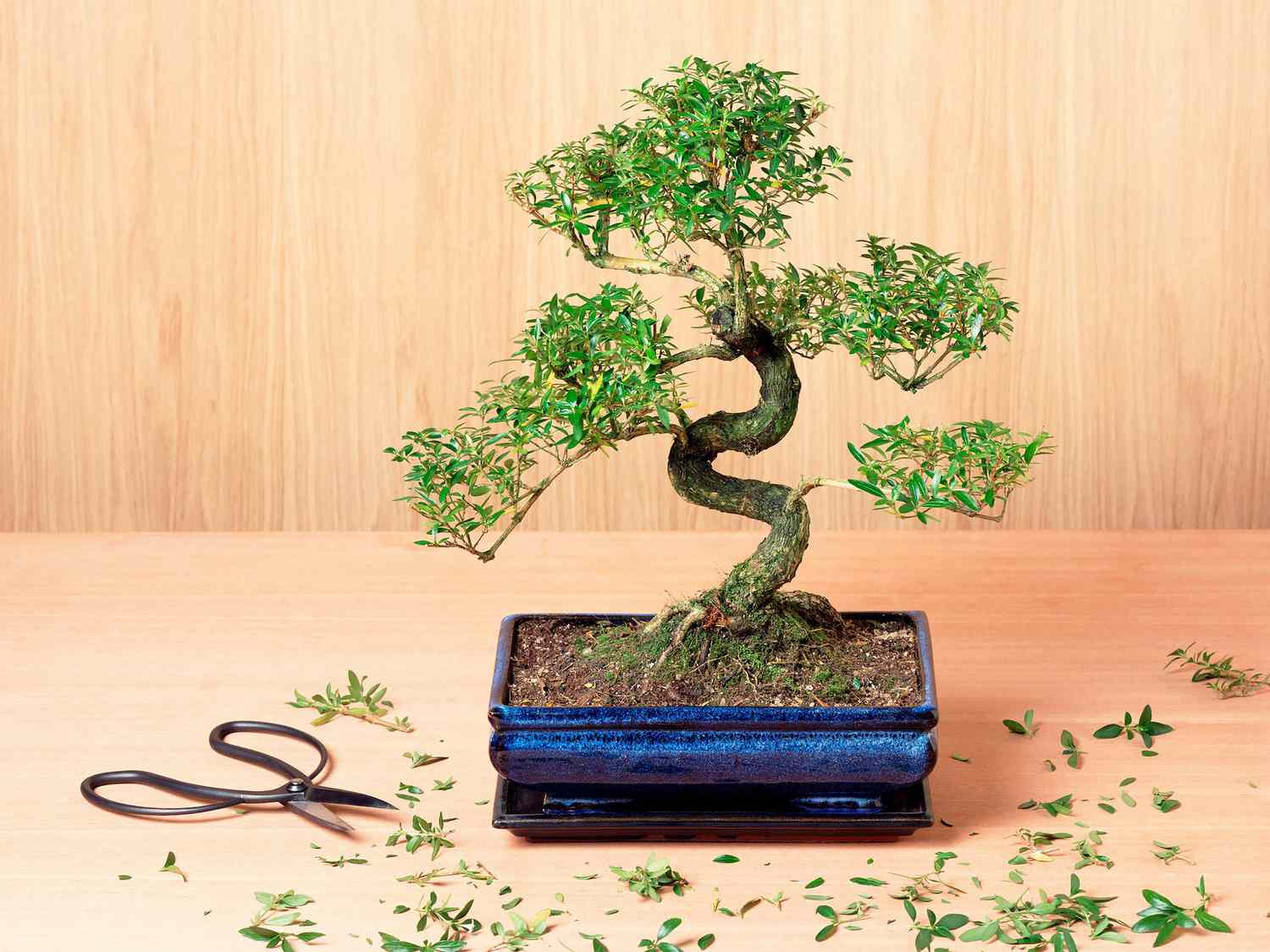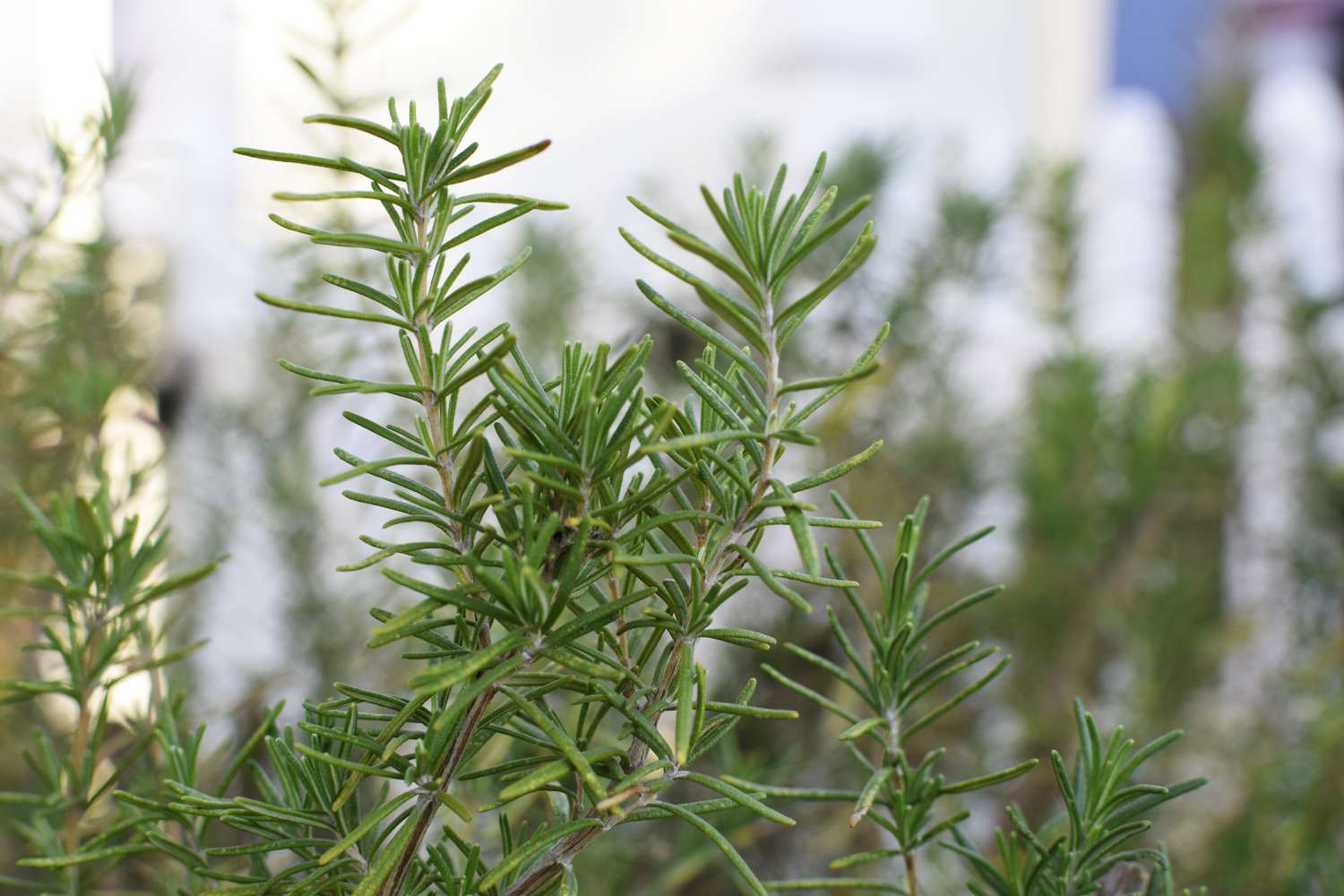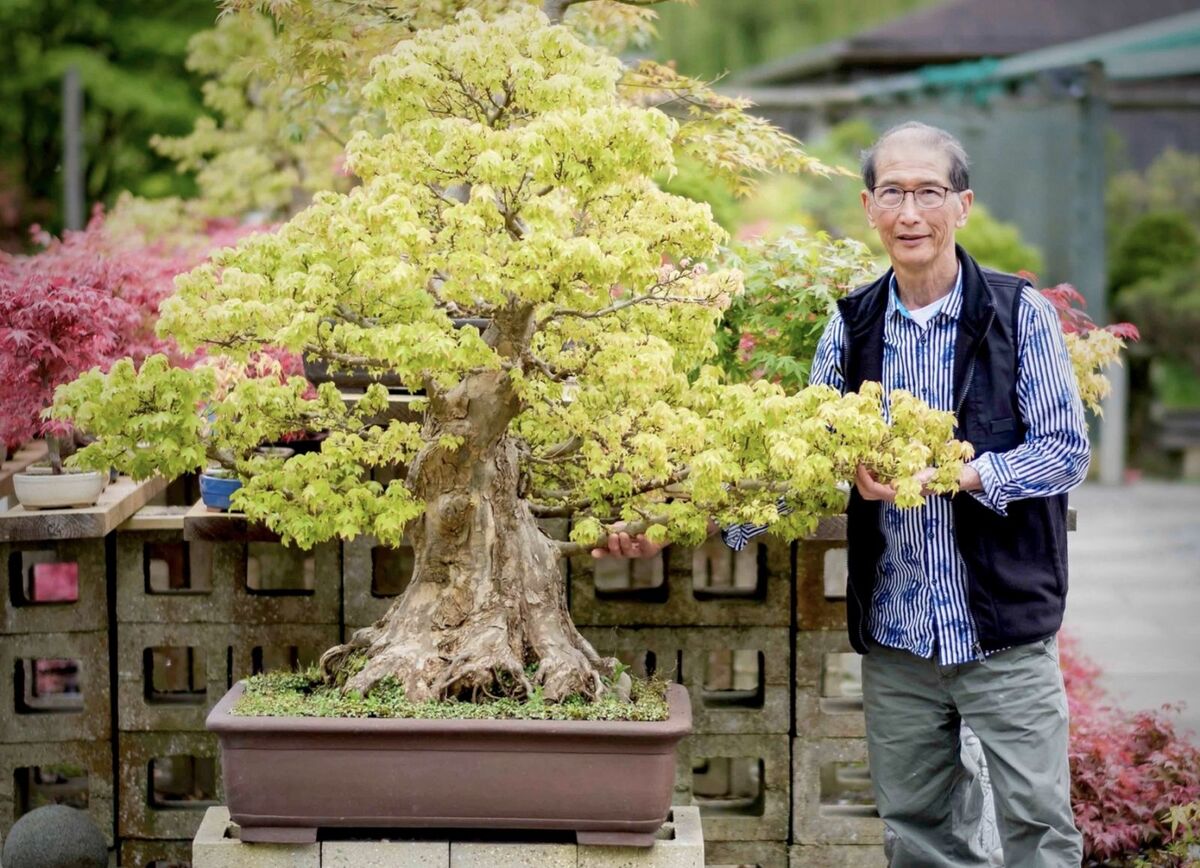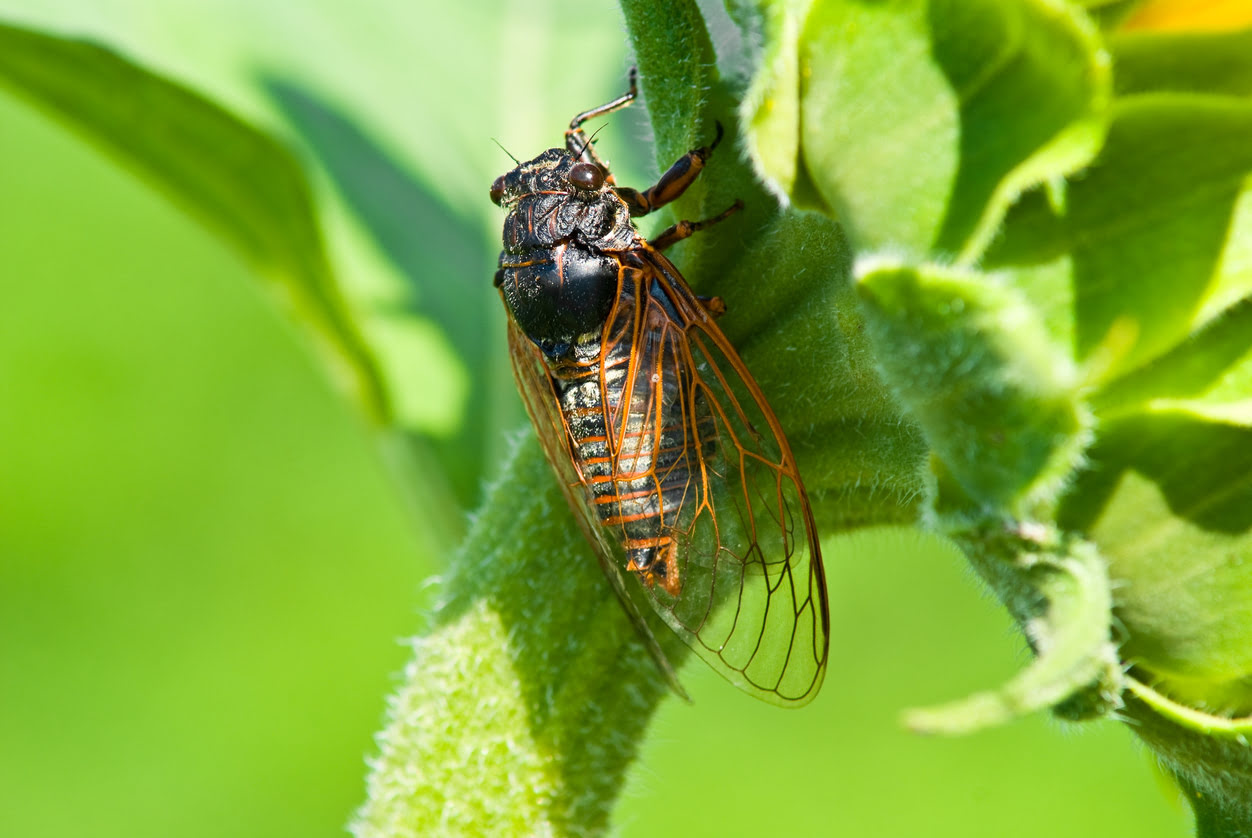Home>Gardening Techniques>Plant Care>How Long Do Bonsai Trees Live


Plant Care
How Long Do Bonsai Trees Live
Modified: February 10, 2024
Learn about plant care for bonsai trees and discover how long they live. Enhance the lifespan of your miniature tree with proper maintenance and watering techniques.
(Many of the links in this article redirect to a specific reviewed product. Your purchase of these products through affiliate links helps to generate commission for Chicagolandgardening.com, at no extra cost. Learn more)
Table of Contents
Introduction
Welcome to the fascinating world of bonsai trees! These miniature trees have captured the attention and admiration of plant enthusiasts for centuries. The art of growing and shaping bonsai trees originated in East Asia, with Japan being particularly renowned for its bonsai culture.
Bonsai, which translates to “tray cultivation” in Japanese, is not just a simple horticultural practice but a unique art form that requires patience, skill, and a deep understanding of plant care. Bonsai trees are meticulously cultivated to mimic the mature shape and character of full-sized trees, all within the confines of a small container.
One common question that arises for those new to bonsai is, “How long do bonsai trees live?” It’s a valid query given the care and effort put into nurturing these unique plants. The lifespan of a bonsai tree can vary depending on several factors, including species, care, and maintenance practices. In this article, we will explore these factors and provide useful tips on extending the lifespan of your bonsai tree.
Whether you are a novice or an experienced bonsai enthusiast, understanding the factors that influence bonsai tree lifespan is essential. By optimizing care routines and taking preventive measures against common diseases and pests, you can ensure that your bonsai tree thrives and lasts for many years to come.
Factors that Affect Bonsai Tree Lifespan
Several key factors can significantly impact the lifespan of a bonsai tree. Understanding these factors and taking appropriate measures can help ensure the longevity of your cherished bonsai creation. Let’s take a closer look at some of the factors that influence the lifespan of a bonsai tree:
- Species and Varieties: Different species and varieties of bonsai trees have varying lifespans. Some species, such as junipers and pines, can live for several decades or even centuries, while others, like tropical or subtropical species, may have shorter lifespans. It is important to research and choose a species suitable for your climate and the level of care you can provide.
- Age and Health of the Tree: The age and overall health of the tree before it becomes a bonsai can have a significant impact on its lifespan. Older, well-established trees with strong root systems tend to be more resilient and have a greater chance of thriving as bonsai. Additionally, ensuring the tree is free from any diseases or pests before bonsai cultivation is vital.
- Proper Pruning and Training: Pruning and training are fundamental techniques in bonsai cultivation. Regularly trimming the branches, roots, and foliage helps maintain the desired shape and size of the tree, preventing it from becoming overgrown and stressed. Proper pruning stimulates new growth and prevents the tree from exhausting its resources.
- Appropriate Potting and Soil: The choice of pot and soil mixture is crucial for the health and longevity of a bonsai tree. The pot should provide adequate drainage while allowing the roots enough space to grow. The soil mixture should provide proper nutrients and moisture retention without becoming waterlogged or overly compacted.
- Watering and Fertilization: Consistent and appropriate watering is essential for the health of a bonsai tree. Overwatering can lead to root rot, while underwatering can cause the tree to weaken and die. Finding the right balance and regularly checking the moisture level of the soil is necessary. Additionally, fertilizing the tree with a balanced bonsai-specific fertilizer ensures it receives essential nutrients for growth and development.
- Climate and Environmental Conditions: Bonsai trees thrive under specific climate and environmental conditions. Understanding the requirements of your bonsai tree’s species is essential for its long-term health. Some species may require protection from extreme temperatures, while others may require specific levels of humidity or light exposure.
By considering these key factors and implementing proper care practices, you can help extend the lifespan of your bonsai tree and enjoy its beauty for many years to come.
Species and Varieties of Bonsai Trees
Bonsai trees come in a wide variety of species, each with its own unique characteristics and requirements. Choosing the right species for your bonsai tree is crucial for its long-term health and lifespan. Let’s explore some popular species and varieties of bonsai trees:
- Juniper: Junipers are one of the most popular choices for bonsai cultivation. They are hardy, adaptable, and can withstand different climates. Juniper bonsai trees typically have fine needle-like foliage and can be styled in various shapes and forms.
- Pine: Pine bonsai trees are known for their distinctive needle-like foliage and sturdy, rugged appearance. They are resilient trees that can live for many years as bonsai. Pines require ample sunlight and well-drained soil.
- Maple: Maple bonsai trees are admired for their vibrant foliage, especially during the autumn season when their leaves turn various shades of red, orange, and yellow. They thrive in moderate climates and prefer partially shaded areas.
- Ficus: Ficus bonsai trees, also known as fig trees, are tropical plants that are well-suited for indoor bonsai cultivation. They have attractive glossy leaves and develop aerial roots, which add to their unique aesthetic appeal.
- Elm: Elm bonsai trees have a graceful appearance, with slender branches and small, serrated leaves. They are hardy trees that can tolerate a wide range of climates. Elm bonsai trees are popular choices for beginners due to their forgiving nature.
- Chinese Elm: Chinese Elm bonsai trees are similar to regular elm trees but have smaller leaves and a more compact growth habit. They are highly adaptable and can tolerate indoor and outdoor conditions.
- Azalea: Azalea bonsai trees are prized for their vibrant, showy flowers that bloom in spring. They require a more acidic soil mix and prefer cooler temperatures. Azalea bonsai trees are stunning additions to any bonsai collection.
These are just a few examples of the many species and varieties of bonsai trees available. It is essential to research the specific requirements and characteristics of each species to ensure you provide the best care for your bonsai tree and maximize its lifespan.
Care and Maintenance Practices for Bonsai Trees
Caring for a bonsai tree involves a combination of regular maintenance tasks to promote its health and ensure its longevity. The following are essential care practices to keep your bonsai tree thriving:
- Watering: Bonsai trees require consistent and appropriate watering. The frequency of watering depends on various factors such as the species, climate, and season. When watering, make sure to soak the entire root ball thoroughly but avoid waterlogging the soil. It is essential to monitor the moisture level and adjust watering accordingly.
- Pruning and Trimming: Regular pruning and trimming are vital for maintaining the desired shape and size of the bonsai tree. Remove any dead or diseased branches, and trim back excess growth to maintain balance and aesthetic appeal. Pruning also stimulates new growth and prevents the tree from becoming too crowded.
- Wiring: Wiring is a technique used to shape and train bonsai trees. It involves wrapping wire around branches and gently bending them into the desired position. However, caution must be exercised to avoid damaging the branches. Monitor the wire closely and remove it promptly to prevent it from digging into the bark.
- Fertilizing: Bonsai trees benefit from regular fertilization to ensure they receive essential nutrients. Use a balanced, slow-release fertilizer specifically formulated for bonsai trees. Follow the instructions on the package regarding dosage and timing. Avoid over-fertilization, as it can lead to nutrient burn and harm the tree.
- Repotting: Repotting is necessary to refresh the soil and provide the bonsai tree with adequate space for root growth. The frequency of repotting depends on the species and the rate of growth. Generally, repotting is done every 1 to 3 years. Carefully remove the tree from its pot, trim the roots, and place it in fresh bonsai soil mix.
- Protection from Extreme Conditions: Bonsai trees may require protection from extreme weather conditions such as strong winds, frost, or intense sunlight. Move the bonsai tree to a sheltered area or provide appropriate shading when necessary. Avoid exposing the bonsai tree to sudden temperature changes.
- Continual Observation: Regularly observe your bonsai tree for any signs of pests, diseases, or stress. Early detection allows for prompt intervention and prevents further damage. Inspect the leaves, branches, and soil for any abnormalities or signs of nutrient deficiencies.
By implementing these care and maintenance practices, you can provide the optimal conditions for your bonsai tree to thrive and maintain its health and beauty for many years.
Common Diseases and Pests Affecting Bonsai Trees
Like any other plants, bonsai trees are susceptible to certain diseases and pests that can affect their health and longevity. Being aware of these common issues and knowing how to identify and treat them is crucial for preserving the well-being of your bonsai tree.
Here are some common diseases and pests that can affect bonsai trees:
- Fungal Diseases: Bonsai trees can be susceptible to various fungal diseases, such as root rot, powdery mildew, and leaf spot. These diseases can result from overwatering, poor air circulation, or excessive humidity. Regularly inspect your bonsai tree for signs of discolored or wilting leaves, white powdery growth, or dark spots. If detected, treat the affected areas with appropriate fungicides.
- Bacterial Infections: Bacterial infections can cause issues such as leaf spots, cankers, or crown gall. These infections often occur due to improper pruning techniques, poor hygiene, or wounds that become infected. Prune off affected areas and apply a suitable antibacterial treatment to prevent the spread of the infection.
- Root Pests: Nematodes and root aphids are common pests that can infest the root system of bonsai trees. These pests feed on root tissues, causing stunted growth, yellowing leaves, and overall weakened health. Regularly inspect the roots when repotting and treat with appropriate pesticides if an infestation is detected.
- Insect Pests: Bonsai trees can also be vulnerable to common garden pests such as scales, mealybugs, aphids, and spider mites. These pests can cause damage by feeding on leaves, sucking sap, or introducing diseases. Use insecticidal soaps or organic insecticides to control their population, ensuring to follow the instructions for application and dosage.
- Environmental Stress: Environmental factors such as extreme temperatures, inadequate lighting, or improper watering can cause stress to bonsai trees, making them more susceptible to diseases and pests. Ensure that your bonsai tree is placed in an appropriate location where it receives the right amount of light, temperature, and humidity for its specific species.
Regular monitoring and preventive measures are vital to minimize the risk of diseases and pests. Maintaining proper hygiene, providing optimal growing conditions, and promptly addressing any signs of infestation or disease will help keep your bonsai tree healthy and thriving.
Tips for Extending the Lifespan of Bonsai Trees
As a bonsai enthusiast, you want your cherished bonsai tree to thrive and live a long, healthy life. By following these tips, you can extend the lifespan of your bonsai tree and continue to enjoy its beauty for years to come:
- Research and Choose the Right Species: Before selecting a bonsai tree, research the specific requirements, including climate, sunlight, and care needs, to ensure it is suitable for your environment and level of expertise.
- Provide Proper Watering: Be mindful of the watering needs of your bonsai tree. Water it thoroughly when the soil feels dry, but avoid overwatering, which can lead to root rot. Check the moisture level regularly and adjust watering accordingly.
- Implement Adequate Drainage: Ensure that your bonsai tree is potted in a container with proper drainage holes. This allows excess water to flow out and prevents waterlogging, which can suffocate the roots.
- Adopt Appropriate Pruning Techniques: Regularly prune and trim your bonsai tree to maintain its desired shape and promote healthy growth. Use clean and sharp tools to minimize the risk of infection and ensure precise cuts.
- Optimize Lighting Conditions: Bonsai trees have varying light requirements based on their species. Place your bonsai tree in a location where it receives the appropriate amount of sunlight or provide artificial lighting if necessary.
- Protect from Extreme Weather: Shield your bonsai tree from severe weather conditions such as strong winds, frost, or excessive heat. Move it to a sheltered area or provide protective coverings when needed.
- Maintain Good Soil Health: Use a well-draining soil mix that provides the necessary nutrients for your bonsai tree. Regularly check the soil’s condition and repot when needed to refresh the nutrients and encourage root growth.
- Monitor for Diseases and Pests: Regularly inspect your bonsai tree for any signs of diseases or pests. Early detection allows for prompt intervention and minimizes the risk of spreading. Treat any issues promptly with appropriate methods or seek professional advice if needed.
- Continually Educate Yourself: Stay informed and continue to expand your knowledge on bonsai care and techniques. Join bonsai clubs or forums, attend workshops, and learn from experienced enthusiasts to enhance your skills in bonsai cultivation.
- Show Patience and Enjoyment: Bonsai cultivation is a journey that requires patience and dedication. Embrace the process, enjoy the art form, and appreciate the unique beauty of your bonsai tree as it evolves over time.
By following these tips and implementing the best care practices for your bonsai tree, you can significantly extend its lifespan and continue to nurture a thriving and captivating work of art.
Conclusion
Cultivating and caring for bonsai trees is a rewarding and fulfilling endeavor. By understanding the factors that affect the lifespan of your bonsai tree, choosing the right species, and implementing proper care and maintenance practices, you can extend its longevity and enjoy its beauty for many years.
Remember to research and select a species that is suitable for your environment and skill level. Provide adequate watering, monitoring the moisture level and avoiding overwatering or waterlogging. Regularly prune and train your bonsai tree to maintain its desired shape and stimulate healthy growth. Pay attention to the soil mixture, ensuring proper drainage and nutrient supply. Guard your bonsai tree against extreme weather conditions and regularly inspect for diseases and pests, promptly addressing any issues that arise.
By following these guidelines and continuously educating yourself about bonsai care, you can create an environment in which your bonsai tree can flourish and thrive. Exercise patience and enjoy the journey, witnessing the unique beauty and character that your bonsai tree develops over time.
Remember, cultivating bonsai is not just about nurturing a plant; it is about embracing an art form that embodies a harmonious relationship between nature and human creativity. With dedication, care, and attention, your bonsai tree will become a living masterpiece, bringing joy and serenity into your life for years to come.


